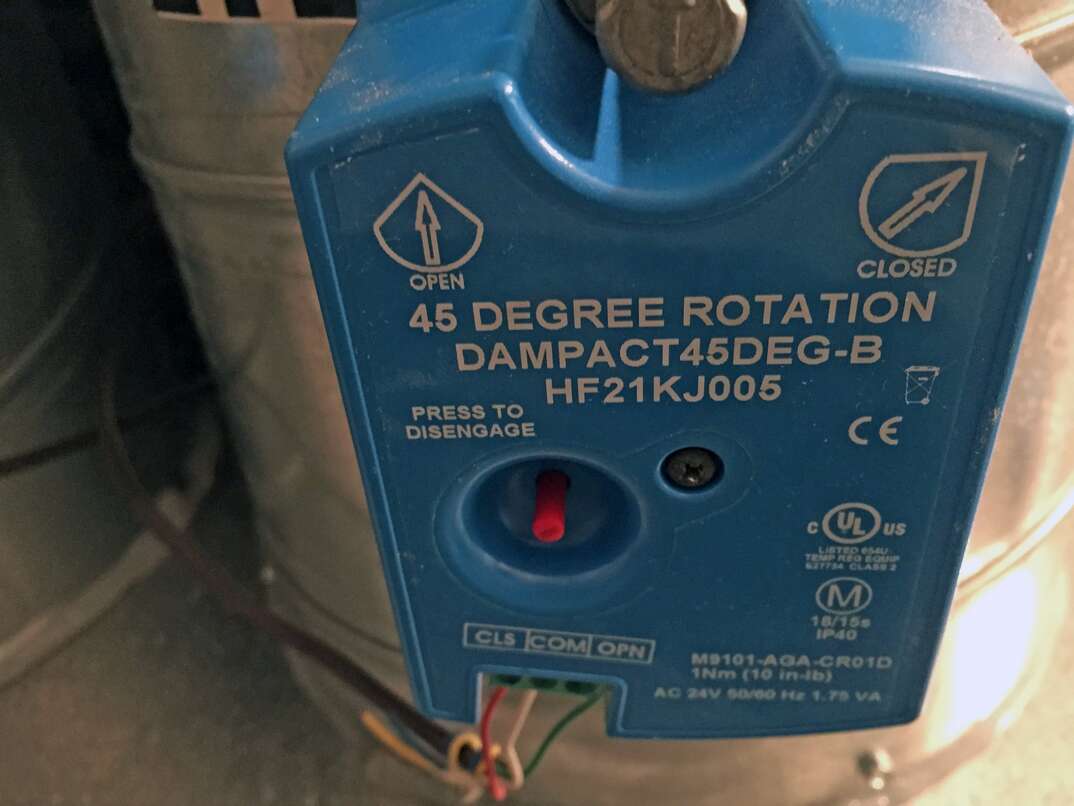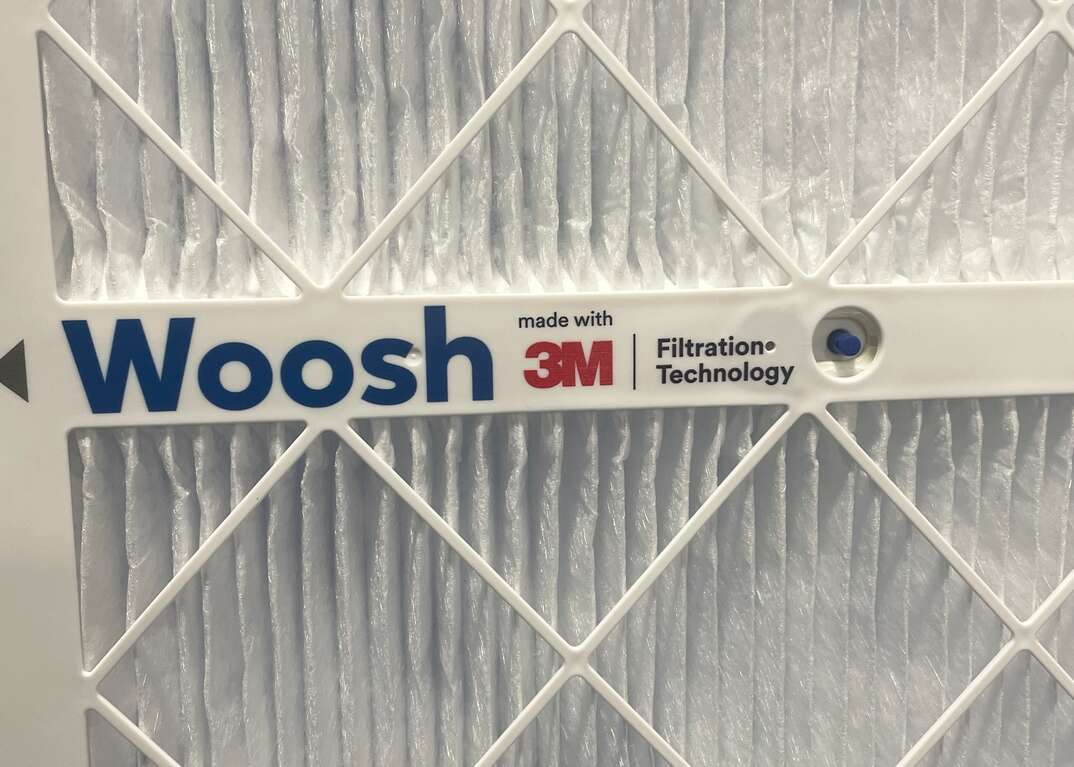What Happens If You Leave Your Window AC Unit in All Winter?

In recent years, air conditioning has become a basic necessity for any home. Maybe it’s that summers are getting warmer, or maybe it’s that it just feels so dang nice on a hot day. Of course, AC hasn’t been around forever. If you live in an older home, you may not have a central HVAC system circulating that wonderful, cold air throughout your house. Instead of installing a whole system, you may have opted to install a window unit to help keep things cool.
This May Also Interest You: New to BTUs? Here’s What to Know About BTUs When Shopping for an Air Conditioner
In fact, you might even prefer a window unit. According to Mr. Electric, they’ve got lower installation costs and use less than one-third the amount of energy than central air, albeit cooling a smaller area.
But a window unit comes with some general maintenance and upkeep that’s different from those required by HVAC systems. For one, there’s the fact that for roughly half the year you won’t be using it.
So, what do you do when temps start cooling down and you start settling in for fall and winter? Do you have to take your window AC unit out during the winter? Can you cover it up? How do you store it?
(Do these questions sound like your own inner dialogue?)
Great. Let’s go.
Do You Have to Take Your Window Unit Out For the Winter?
The answer to this question is “probably.” For starters, they can be unsightly. Sure, in the summer, their awkward, bulky presence provides a welcome respite from the heat, but in the winter, its functionality goes out the window (literally). Unless the AC unit and the window are well insulated, cold air will be able to infiltrate your home, effectively reducing your heating efficiency. Secondly, leaving an AC unit unused over a long period of time and exposed to the harsher aspects of winter weather can cause coils to freeze, leading to expensive maintenance costs.
Truth is, dismounting your window AC unit and closing your window is not too terribly difficult a process, provided you have some assistance and a place to store your unit in the winter.
How to Remove and Store Window Units
Start by removing the unit from the window. First, unplug the AC plug from the wall and remove any insulation you've used to plug up gaps. Next, if you screwed the unit into your window, remove those screws. Finally, jiggle the unit slightly forward while raising the window. Keep in mind that once you do this, the unit won’t be secure anymore and could easily fall out the wrong way. That's why it’s recommended that you have a partner assisting you in the removal process. Window units are heavy and unwieldy, so having that extra support can be helpful.
Also, factor in that water will also most likely spill out from the condensation pan during this process, so you might want to have an old towel nearby to place it on once removed. When the unit has been taken out of the window, close your window.
Keep It Clean
When winter is on the way, remember that removing the AC unit from your window is only half the battle. After removing the unit, you’ll want to make sure that you store it properly. Start by giving your unit a simple cleaning. Take a whisk broom and brush off any dust, dirt or debris that has collected on the exterior of the unit during the warm seasons. Once the unit looks clean, remove and clean the filter using water and a firm brush. Filters should be relatively easy and conspicuously located — if you’re having trouble, consult the manufacturer's instructions.
To continue, make sure that you give the coils a thorough cleaning as well. Remove the front cover of the unit and spray the coils down with water. For extra points, add a few drops of dish soap to the water.
More Related Articles:
- Keep Cool With Our Top 5 Picks for Window AC Units
- How to Clean a Window AC Unit: A Step-by-Step Guide
- Hot or Cold in Your Household? Split the Difference With a Mini Split Air Conditioner
- Cooling Fans Vs. Portable Air Conditioners: What’s the Difference?
- Is It Actually Cheaper to Run Fans Than Air Conditioning?
Store It Properly
Once the air conditioning unit is clean and you are ready to store it, make sure that you are placing it in some type of protective box. Ideally, you could use the unit’s original box, but if you no longer have it, another box will work fine. Just make sure that the unit can fit completely inside the box. In a perfect scenario, you should store your unit in an indoor area that stays relatively warm, like a basement or attic, but if this isn’t a possibility, a garage or storage shed will be OK. Bear in mind, however, that you must store the AC unit in an upright position. Leaving the unit on its side or back might very well damage the compressor.
Other Options
Having extra storage space large enough for a hefty AC unit is a luxury that you may not have. In that case, it’s possible to leave your unit in the window through the winter if you take steps to winterize it properly. In this case, you’ll need to cover the outside portion of the unit with plastic sheeting or a specialty AC cover to protect it from the cold. You’ll then need to wrap it in an insulated protective fabric that will keep the cold air from entering your room.
Make sure when winterizing your unit that you fill any and all gaps that might allow drafts and leaks to blow through. You can seal the gaps in the window with strips of foam insulation or soft sealing tape made specifically for AC units.
Take Care of Your Window Unit
As much of a lifesaver as window units can be in the summer, they can be quite cumbersome in the winter. If you leave your unit in the window and don’t take the necessary steps to winterize it, you might be left with an inoperable unit come summer. In most cases, it’s best to completely remove your unit, clean it and store it properly in order to keep your unit in good condition for years to come.


